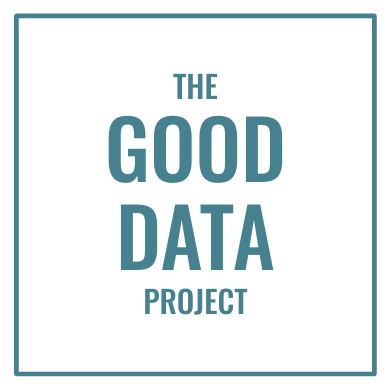We think square pie charts are absolutely amazing. McKinsey & Company agrees.
There are lots of reasons to love square pies. The unusual format activates our brains. Grids make it harder for designers to cheat. Square pie charts offer more scope for detail. And studies show they improve reader comprehension. (For more detail on all these benefits, read our previous post.)
And we’re thrilled to report that McKinsey has gotten the memo. (We always knew those guys were smart.) Some of their square pie charts use 10x10 grids to show percentages out of 100:
Three 10x10 square pie charts showing the percentage of Latino producers, writers, and lead actors in TV shows led by Latino showrunners. Source: McKinsey & Company.
Five 10x10 square pie charts showing challenges to strengthening resilience in organizations, such as “limited funds” and “unclear priorities.” Source: McKinsey & Company.
Other McKinsey square pie charts use the format to demonstrate the relative size of the chart’s components, but represent the data as integers rather than as percentages:
A square pie chart showing the dollar value of the productivity artificial intelligence can add to various industries. Source: McKinsey & Company.
A square pie chart showing how efforts to lower building emissions can also lead to increased value for investors. Source: McKinsey & Company.
However you use square pie charts, they’re beautiful and accurate and easy for readers to understand. Go build one now.
Thanks for reading. What’s the the best square pie chart you’ve seen? Post it in the comments below or on LinkedIn. And if you want good data delivered to your inbox, subscribe here.





